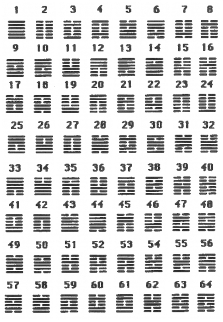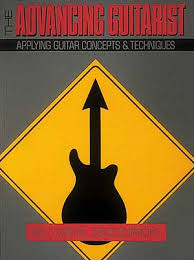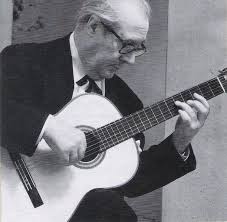In a previous post on exploring chance, we used dice to come up with some aleatoric ideas. In this post, let's talk about creating decks of cards.
.JPG) For this activity, all you will need is blank note cards. I will use these to come up with chord progressions, but you can use them for melody, rhythm, or even form. A deck of cards can have an advantage over the dice because once you deal out your musical elements they are right in front off you to play with.
For this activity, all you will need is blank note cards. I will use these to come up with chord progressions, but you can use them for melody, rhythm, or even form. A deck of cards can have an advantage over the dice because once you deal out your musical elements they are right in front off you to play with.
I wanted to work on voice leading and triads. I created a deck of 48 cards consisting of 12 major, minor, diminished and augmented triads. How I use it in my practice is to deal out a random set (anywhere from 2 to a dozen cards) and create a chance chord progression. I then explore ways I can connect these harmonies. This may also result in a composition, but could just be a practice exercise.
Let's deal!
My deal is as follows:
Once I dealt out my six triads, I need to explore them. Here I limit myself to standard closed voicings (I used the enharmonic equivalent of Ebdim and Gbm). I then voice each of the triads to create smooth voice leading. The basic rule is that no voice (especially the top voice) should move more than a minor third. Half steps and whole steps are preferred. Once you work through one set, the other sets are simply inversions of the first.
Each one of these creates a guide tone melody on top. Pay attention to those moments that stand out as a memorable melody.
If the aleatoric exercise ended there, that would be a useful exploration. This is a great way to learn about harmony and voice leading. If that is your goal, deal out another hand and explore. However, since I liked this progression, let's see if I can flesh out a tune.
First, after playing around with these triads I will choose from each set a triad that has a melody note that give me a pleasing guide tone line. This will form the basis of my main melody.
Now, I'm going to play. I am going to take this progression and work out ways to embellish the simple guide tone melody. Don't worry about key while you do this. That will be established more when we add bass notes later on. Right now, just create a melody that fits this progression. Stick to the basic guide tone line, BUT if you hear something that breaks it up, by all means explore.
You can also change the harmonic rhythm at any time. If you want to stay with one chord longer or shorter please do so. You should spend a decent amount of time on this part of the process. You will want to make sure you are playing and singing WHILE you are composing. Don't just write it out on staff paper and hope it works.
I recommend recording while you play around with the melody. That way if you stumble across something you like you can go back, listen to it and then write in on the staff. If you sing or play a melodic instrument, make sure you work on this at the piano (or record a chordal accompaniment).

Note I expand each chord to two bars each. I'm hearing this with a light bossa groove but that may change as I add more to the composition. Rhythmically, I will probably add the anticipations to beat 1 (on the + of 4) that you hear in the recording. I played with different rhythms for bar 6 as you can hear in the recording.
This melody cycles back nicely on the repeat. I think it makes for an interesting 12-bar A section of a tune that is not a blues. I like it.
Now it's time to add root motion. Now if you are writing in a style that harmonizes melodies with mostly triads you may not need to change much. However, I would like to thicken up these harmonies and add an interesting root motion. So essentially I will add a bass note below each triad. This may change the function of some of these chords and will definitely change the color.
Here I add the bass notes:
And here is the reharmonization (note that I took the liberty of making the f#m/B a B7sus4 (or B9sus4) even though an E natural is not in the original exercise). The final product of this 12 bar A Section:
In a future post I will show you how I developed the rest of the composition. In the meantime, write out a deck of cards and deal yourself some music!


































